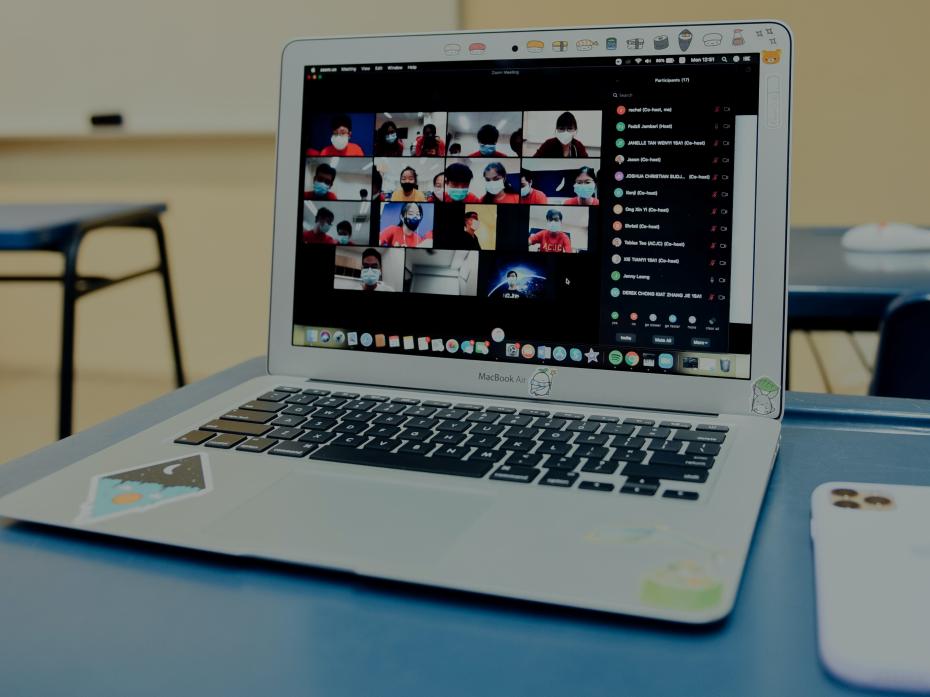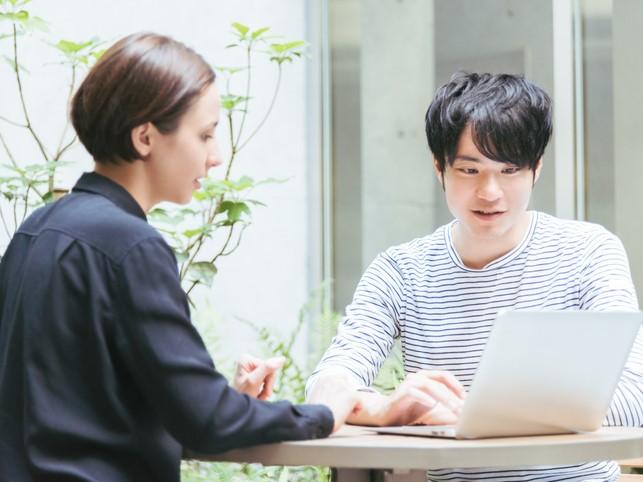
Global virtual exchange: promoting international learning
Christopher Brighton presents a model of global virtual exchange that could be easily replicated at any institution to enhance its students’ intercultural knowledge and skills
How do you get students working with other students to develop the intercultural skills necessary for the 21st century? Global virtual exchange, although not a new idea in higher education, has fresh impetus. For anyone wanting to set up a global virtual exchange, our experience with Universidad Continental in Huancayo, Peru, offers a good example of some key things to consider.
What’s the purpose of the global virtual exchange?
We wanted to bring together students from culturally diverse locations for intercultural understanding as part of a new master’s course in global education.
There are two main options for creating a global virtual exchange programme:
- Build your own module from scratch, working with international colleagues.
- Use an existing network providing global virtual exchange modules that can be tailored to the participants’ needs.
The first option requires a much more intensive set-up and organisation to find partners, coordinate times and content. The second option is a “plug-and-play”, ready-to-go set-up that is easier to run for the first time.
How do you set up a global virtual exchange meeting?
Working through the Global Partners in Education (GPE) organisation, which provides centralised scheduling, course design and technical support, we were partnered with Universidad Continental for a four-week Global Understanding pilot. The programme involved two weekly 50-minute synchronous Zoom meetings and asynchronous connections covering:
- Introduction
- College life
- Family life and tradition
- Meaning of life and religion
- Stereotypes and prejudice
- Presentation day
We created a set time to communicate synchronously in-class on Zoom – 8am China time; 7pm Peru time – and had asynchronous out-of-class communication. As we’re now more familiar using Zoom, it is easier to set up and allows easy access from any device. A good tip is to run test links before the first meeting and troubleshoot any issues.
How do you get students to talk?
Global Understanding is student-centred, and student interaction quickly become spontaneous – if instructors are willing to step aside and “embrace the silence”. Students figure out how to talk to each other without much guidance. Communication becomes the focus rather than language accuracy. Zoom also offers a good way to support students via direct chat, and you can create breakout rooms to change the dynamics.
Building out-of-class friendships helps in-class activity and can remove some cultural and language barriers. Each student was assigned a partner and asked to get to know them and to work together on a project. From the outset, students used a variety of channels to communicate, sharing photos and information on their cities, customs, lifestyles and interests, building rapport.
How do you connect the conversations to your content?
My Peruvian partner and I had our own course outcomes and used the shared content in different ways. We allowed students freedom to discuss issues within the broad topics. Students were encouraged to explore what they felt was important and then report back to the class. This way they shared and discussed their findings with others, creating student-directed and active learning.
This makes the role of the instructor “a guide-on-the-side” and mentor for synthesising the information as well as managing intercultural issues. Few instructions were given to direct the conversation, with the instructors working locally to help students understand the cultural differences and apply it to their fields of study.
What are the learning outcomes?
Global Understanding broadly focuses on global citizenship and intercultural skills that are essential for the 21st century. As part of the GPE requirements, students took a CQ (cultural intelligence) test and kept a journal reflecting on their experiences and learning. The key take-aways for students were:
- Discovering Peru or China and the environment, geography and history.
- Working with another non-native English speaker but using English as the lingua franca.
- Building student-centred skills to explore topics freely with little intervention from instructors.
There were learning outcome for instructors, too, as our own intercultural skills were developed by the programme. So, Global Understanding has proven a learning experience not only for students but also for us.
What are the key considerations?
- What type of connection do you want to have? Build as much face-to-face time as possible and encourage out-of-class conversations.
- What do you want to discuss? Find shared topics or broad umbrellas to allow freedom to talk.
- How do you encourage conversations? Build project-based learning tasks into your work and encourage students to develop friendships.
- What does the instructor do? Embrace a student-centred approach and allow the students to take the initiative.
- How do learners get the most out of this activity? Promote intercultural skill building and information exchange.
Christopher Brighton is assistant professor in educational studies and chair of the international committee for the Academy of Future Education at Xi’an Jiaotong Liverpool University.




